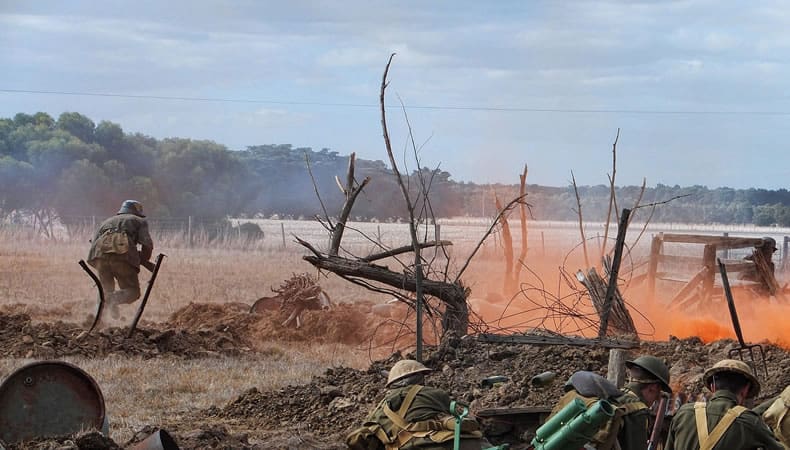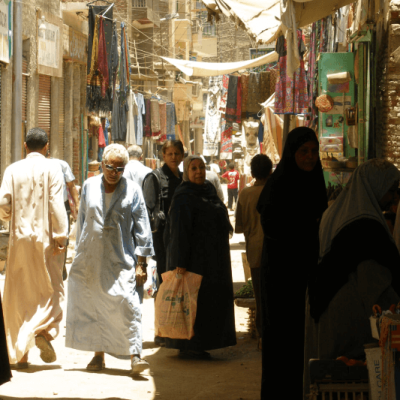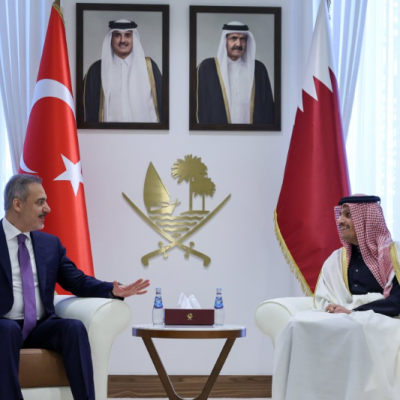Armenia and Azerbaijan reached a ceasefire

The Russian Foreign Minister Serghei Lavrov announced that the governments of Armenia and Azerbaijan have agreed to start substantial negotiations to arrive as soon as possible at a peaceful resolution of the conflict in Nagorno-Karabakh. The Kremlin previously spoke about the agreement for a ceasefire between the two nations, whose armies have been clashing since September 27 in the disputed territory. The subject of a dispute that has lasted for thirty years.
Lavrov on Friday welcomed in Moscow his Azerbaijani and Armenian counterparts, Jeihun Bayramov and ZohrabMnatsakanian, summoned last week by the Russian President, Vladimir Putin, in an attempt to end a conflict that has claimed dozens of military and civilian casualties.
The head of Russian diplomacy, after a ten-hour interview, announced that a ceasefire for “humanitarian reasons” will enter into force from 12 today, which will allow the exchange of prisoners and bodies of the dead, under the mediation of the International Committee of the Red Cross.
Yerevan and Baku also ratified a mediation formula that provides for the supervision of the Minsk Group, the structure set up in 1992 by the OSCE to prevent the rekindling of hostilities in Nagorno-Karabakh. The Group consists of the United States, Russia, and France. That means it will not be possible for other countries to join the troika of mediators.
The Nagorno Karabakh region is part of the lands known to archaeologists as the seat of the Kura-Araxes culture because it developed in the area between these two rivers. In pre-Christian antiquity, this area was part of Caucasian Albania and Greater Armenia. In 95 BC, the region was conquered by Tigrane II of Armenia, lord of the Kingdom of Armenia.
The ancient Albanians and Armenians alternated in dominating the territory until the beginning of the 4th century AD. Christianity was introduced in Nagorno Karabakh for the first time as early as the first century by Saint Elysée. Between the 7th and 8th centuries, the region was invaded and sacked by the Arabs. In the 13th century, it was invaded by Tartars and Mongols. Then it was the turn of Turkish tribes. With the Gulistan Treaty of 1813, Karabakh passed to the Russian Empire.
After the Russian Revolution of 1917, Karabakh has been incorporated into the Transcaucasian Federation, which soon split between Armenia, Azerbaijan, and Georgia. The territory of Nagorno Karabakh was claimed by both the Armenians – who at the time constituted 98% of the population – and by the Azeris. After the Bolshevik conquest of 1920, the territory – as well as that of Nakhchivan – was assigned by Stalin to Azerbaijan, and in 1923 the Autonomous Oblast of Nagorno Karabakh was created.
With the dissolution of the Soviet Union in the late 1980s and early 1990s, the Nagorno Karabakh issue re-emerged. Complaining the forced azorification of the region by Baku, the local Armenian population, with the ideological and material support of Armenia itself, began to mobilize to reunite the area with the motherland.




